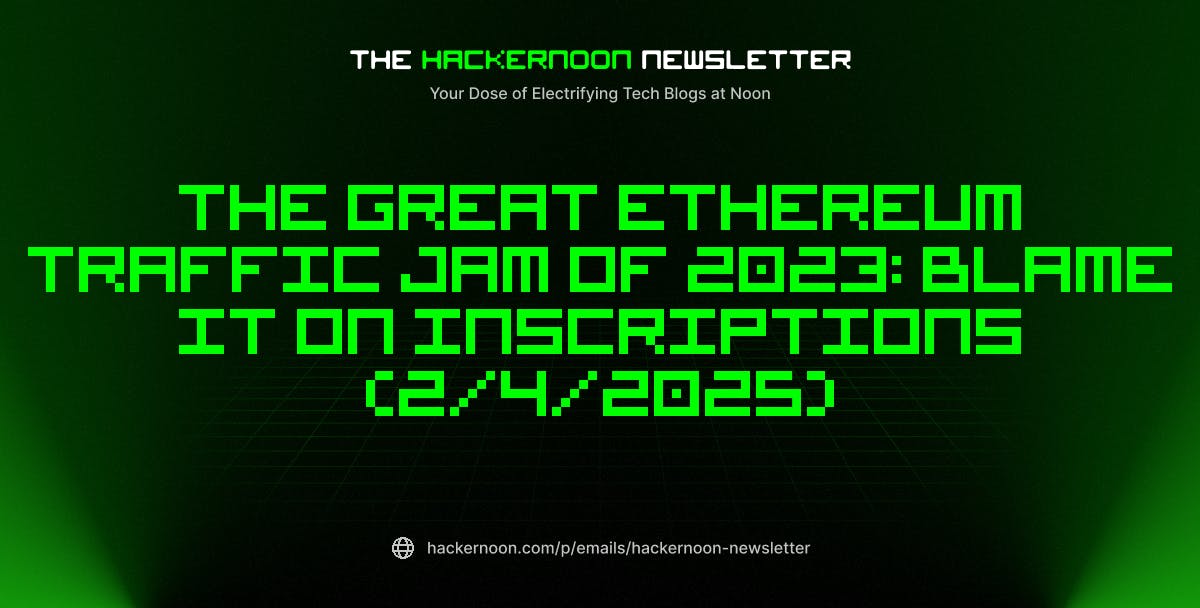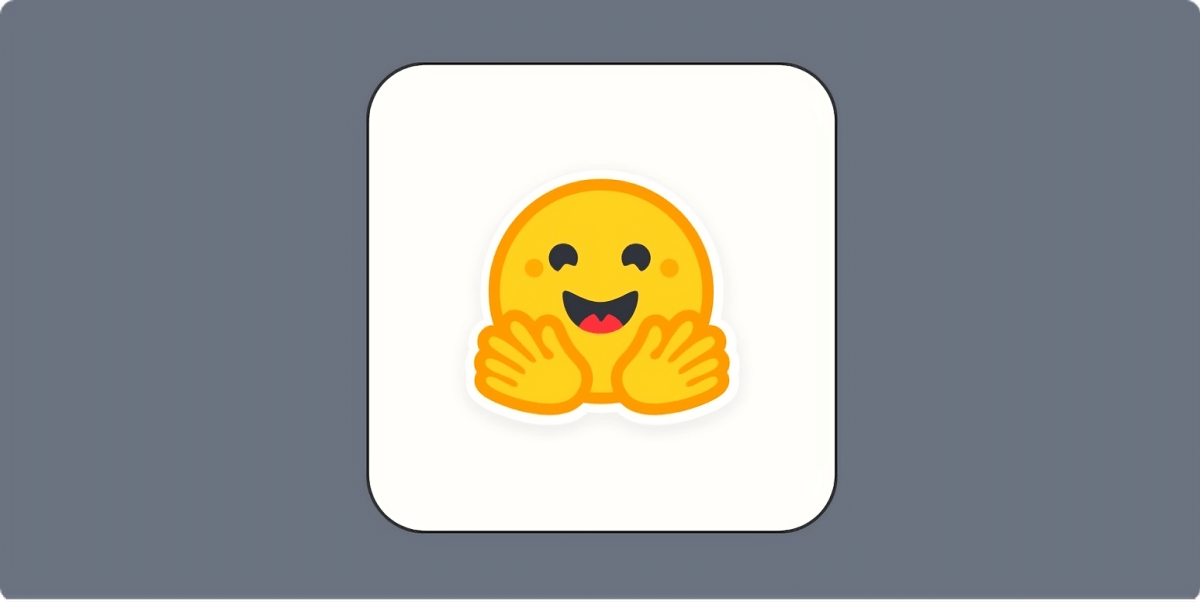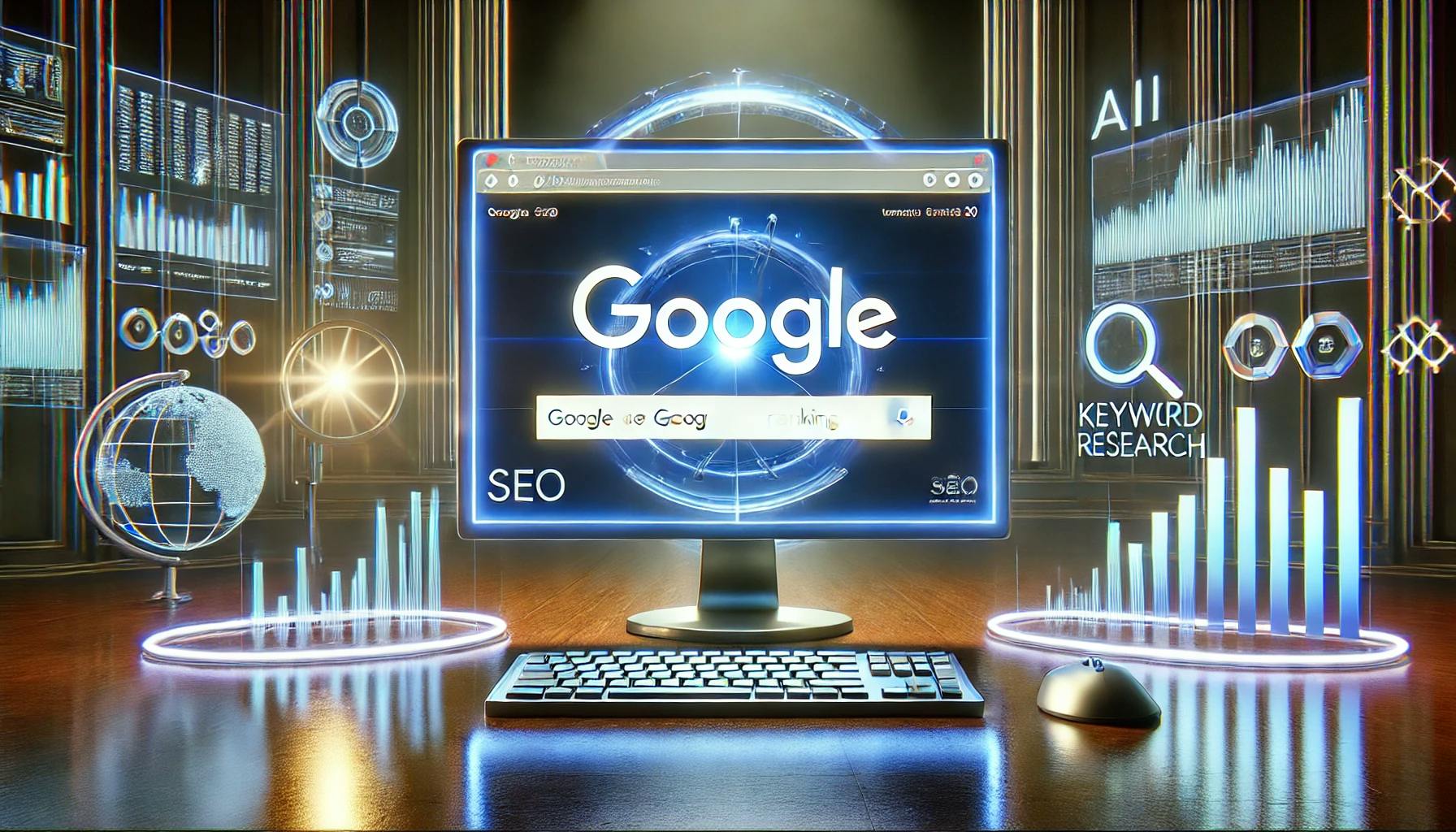The thing about the Open Money framework is that it’s not only about money. The Open Money framework is also about identity, ownership, data integrity, and censorship resistance—all designed to preserve the mechanisms of individual freedom while preventing the destruction of value.
At the core of all of this is the idea that data systems should be decentralized to open access. Open access creates the right conditions for efficient network growth and security—in other words, the nature of openness incentivizes growth, which, in turn, incentivizes expanding access.
It’s like a flywheel or a feedback loop that becomes more substantial and indestructible with more participation and time.
OK, but why? Why is any of this important?
One of the biggest reasons is that the networks built at the internet scale are powerful. They are powerful in terms of value creation, but they are also influential because of their influence and/or how information moves.
Not that long ago, the justification or reason for building with Open Money principles might have felt vaguely paranoid or like some version of a digital prepper mentality.
The talk then was mainly about what would happen if a powerful government went rogue or started weaponizing the economy, or what if a central bank let its money printers loose, or a centralized information network started turning off access to accounts, scrubbing data, or altering information to distort reality.
But these days, the need for alternative systems built according to open source and free access feels less conceptual and less like a needy or cringeworthy conspiracy theory.
What we are seeing happen with the targeted control of massive social media networks, the disappearance of publicly funded, government-owned data, or the manipulation of economic forces as a political tool underscores the importance and significance of systems and frameworks like Open Money.
But rather than go dark or feed into the doomsday mentality, it’s essential to look at this moment as an opportunity to build better, more resilient, and more open systems. It helps to look at the current state of things — this split reality that we all seem to be living in — as a call to action.
Algorithms as Ammunition
There’s a growing urgency around building better, open social apps and services to counter some of the forces of influence, such as social media networks controlled by billionaires who use them to amplify their agendas.
So, how does that work? Well, probably we have to build new systems one step at a time. This newsletter, for example, is part of a beta program to test Ghost’s (an open-source publishing service) capabilities as it integrates with ActivityPub, a protocol designed to make decentralized social media possible. (There’s nothing interesting to report about that yet, but I will update you when we do.)
Until recently, one of the most significant selling points for decentralized social media was that it is more user-centric in that users can control their data.
One way that control was exercised is the ability to move profiles to different apps or services that are also built on Activity Pub while keeping things like followers and activity histories. This greatly reduced risks for things like de-platforming.
Here’s some deeper context if you are interested:
Welcome to the Fediverse
What is Farcaster? The case for decentralized social media
While that all works well on the individual user identity or ownership side, there are growing concerns on the distribution side. The control and manipulation of large network algorithms are starting to profoundly affect global politics and general public discourse more broadly.
With all that in mind, there’s a push to better understand the underlying algorithms’ power. More importantly, there’s a push to wrest control of influential algorithms from private companies and powerful private individual owners and move toward more open control with clearer guidelines and public accountability.
Along those lines, here’s one example of how and why the move toward the open social web is important.
With the open social web, the production, distribution and use of online content is being freed from the silos erected by today’s largest multinationals. But our data is still captured in AI systems that have “reached scale”– essentially the search, recommendation, and moderation algorithms that manipulate content consumption. These are monopoly technologies by their very design.
The detrimental consequences to society of this status quo are diverse and well-documented: concentration of profits and power, degraded information and media landscapes, prominence of polarizing content, disinformation and online harassment, degraded mental health, and more.
There is a broad vision for something different. We do not have to settle for how corporate spaces choose to govern, or not govern, themselves. The promise of an open social web is that we can all join communities and that online communities can be interconnected.
SOURCE
We are talking about all of this now because there is an opportunity to learn more and participate in a recently launched campaign called #FreeOurFeeds.
“This campaign is an opportunity to develop the capacity needed for the open social web protocols – ActivityPub and Bluesky’s AT Protocol – to better interoperate, leveraging the entire open social ecosystem to create a working demonstration of algorithmic pluralism at scale.” SOURCE
All of this has made me wonder what else I can do to support the development of open protocols besides participating in a beta test.
One action item is that I will move more stuff to Bluesky, which is built on the open AT protocol and supports composability (a core feature of Open Money) and algorithm choice.
See you there? https://bsky.app/profile/danielmcglynn.bsky.social
Update on the Open Money Project
We are moving along on section two of the Open Money project. This week’s posts focused on Open Money’s “money” aspects. From here, we’ll move into the tech and economics that dovetail to make Open Money make sense.
In the meantime, we covered some basic ideas, including what makes money, a brief history of money as a data storage technology, and money as infrastructure.
Here’s the latest:







